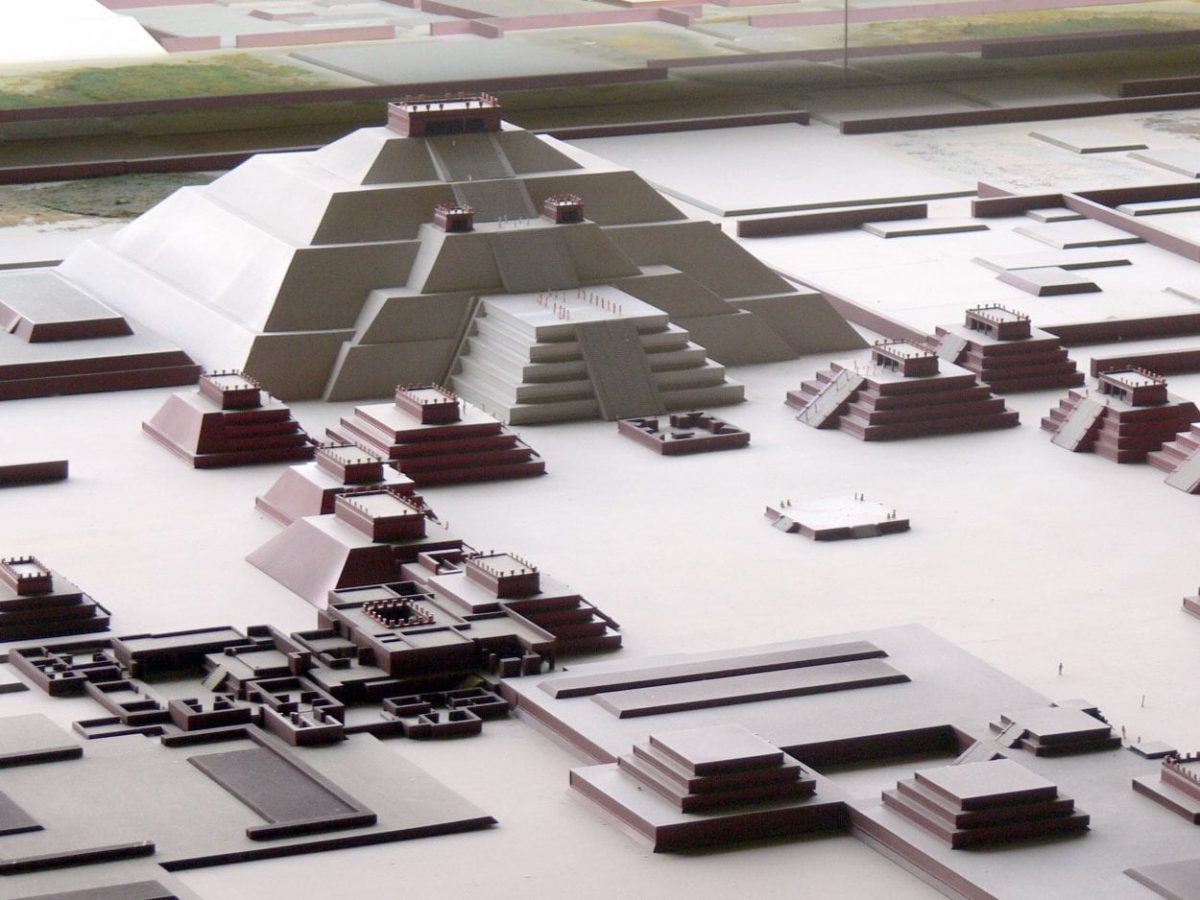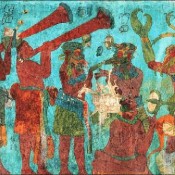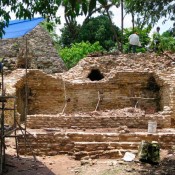The Pyramid of the Moon, the second largest structure at the Teotihuacan Archaeological Zone could be the foundation for the urban design of the ancient Mesoamerican city.
The study has been raised by researchers from the National Institute of Anthropology and History (INAH), in collaboration with experts from the National Autonomous University of Mexico (UNAM), after confirming the existence of a natural cave 15 meters beneath the Pyramid of the Moon.
In an article recently published in the Journal of Archaeological Science, experts note that three decades ago, a previous study thought that the cave under the Pyramid of the Sun was of natural origin, and this may have influenced the first settlers to select the place where the religious nucleus would be built. However, the most recent studies have confirmed that it is of artificial origin.
The study argues that Building 1 (dating from around 100 BC and 50 AD), which represents the first phase of several phases of construction of the Pyramid of the Moon is the oldest known Teotihuacan monument to date, prior to the urban plan that is currently observed.
INAH said: This building, “had a modest size and was related to the myth of the sacred mountain, symbolized by the nearby Cerro Gordo. The first three construction stages were made towards the front of the structure and below the attached Platform; Subsequently, the pyramid was expanded to cover the aforementioned cave, so another question is whether the position of this cavity influenced the successive expansions of the Pyramid of the Moon”.
Through the combination of non-invasive geophysical techniques such as Electrical Resistivity Tomography (ERT), the team of experts —formed by Andrés Tejero, Martín Cárdenas, Gerardo Cifuentes, René E. Chávez, Esteban Hernández-Quintero and Alejandro García – confirmed in mid-2017 the existence of a cave or cavern system approximately 15 meters below ground level in the pyramid.
Since electrical methods may have difficulty accurately distinguishing between a highly compacted rock and a cavity (both can show similar high resistivity values), in addition to ERT, an Environmental Noise Tomography (ANT) was applied in the north and east flanks of the Pyramid of the Moon.
After obtaining the first data inversions, the possibility of entry tunnels arose on the eastern and northern flanks of the pyramid, so it was decided to make six additional profiles in 2D. The overall results showed a body that could be associated with a cave or cave system, of probable natural origin below the pyramid.
The conduit, 20 meters wide and approximately 15 m deep, is located towards the centre of the current Pyramid of the Moon and faces Cerro Gordo, which seems to confirm its symbolic relationship. The cavity seems to be more centred towards the construction phases – fourth to seventh – of the pyramid, with architectural extensions made between the years 150 and 450 AD.
INAH adds that the analysis of the 3D-ERT model suggests two possible entrance tunnels on the north and east sides of the structure. Likewise, the data obtained also indicates a probable extension towards the southeast corner in the direction of the plaza.
Dr Denisse L. Argote Espino and Dr Verónica Ortega Cabrera suggest that the fact that this cavity was not excavated by the pre-Hispanic inhabitants, as in the case of the tunnels located under the Pyramid of the Sun and the Temple of the Feathered Serpent, offers a novel perspective on the origin of the planning of the metropolis, which was at its apogee towards 300-650 AD, in the Classic period.





